What is TPI in bike tyres and why does it matter?
Looking for new bike tyres but confused by TPI numbers? We explain what they mean and how TPI impacts a tyre’s performance
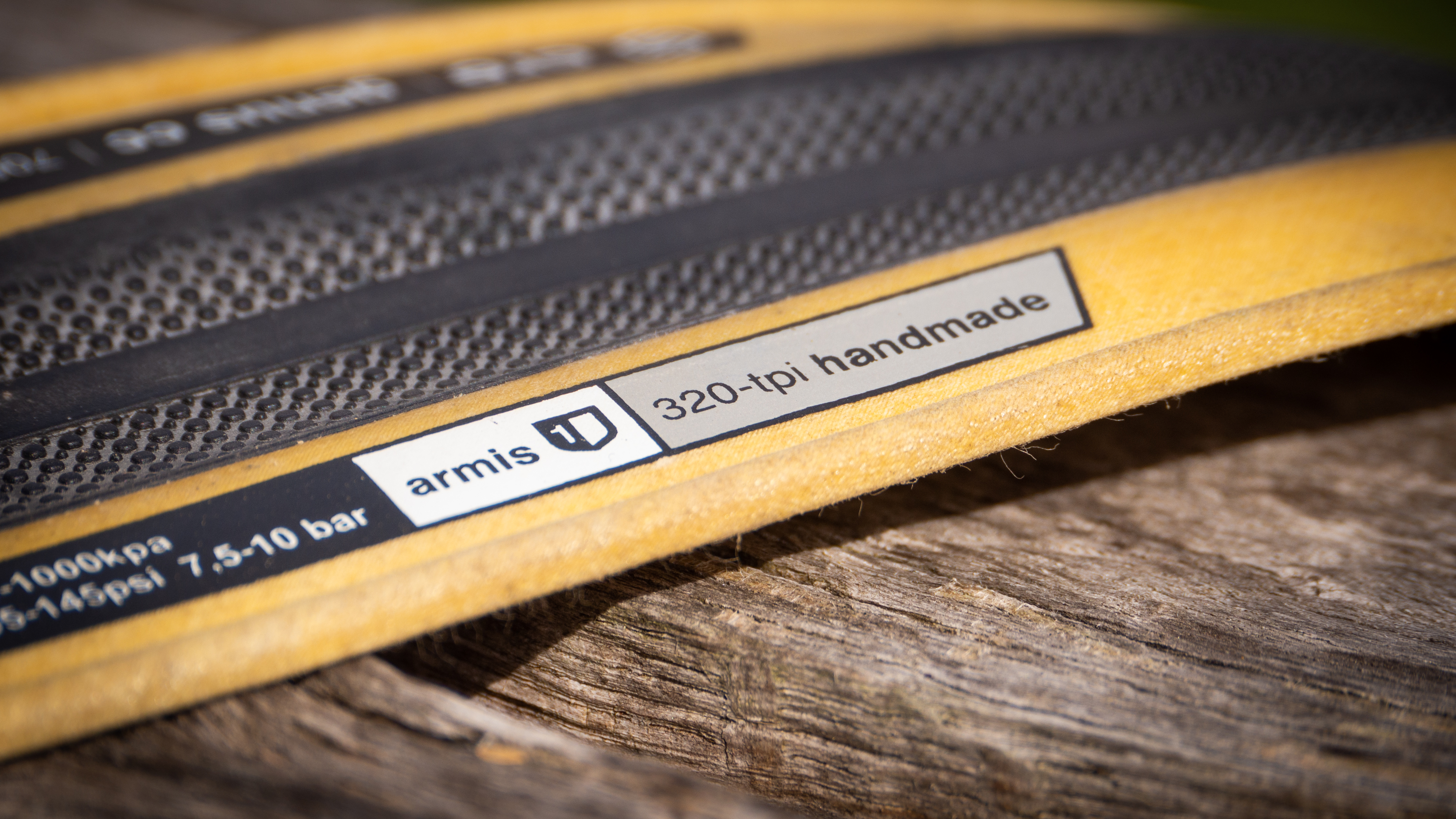
When you look at the spec for a bicycle tyre, it’s not just diameter, tread and tyre width that show up, there’s also a TPI number. The best road bike tyres and the best tubeless road tyres come with TPI counts that are anywhere from 60 up to 300-plus.
But what does TPI mean? Is a higher TPI necessarily better than a lower one? And why do cotton tyres have such high TPI numbers?
In this article, we will answer those very questions and more, to help you understand what TPI is, and whether it even matters.
What is a tyre’s TPI?
TPI stands for Threads Per Inch, and measures how fine the fabric is that's used to make the tyre's casing. Some brands call it EPI for ends per inch.
But that leads to another question: what is a casing?
A tyre is a sandwich made up of a series of layers. On the outside is the rubber that forms the tread and grips the road. Below that there’s usually a breaker/puncture protection layer and on the outside edges of a clincher tyre there are two beads which hold the tyre on the wheel rim. Then, holding it all together, is the casing. See the image below for an exploded view.
The casing made of fabric coated with rubber a compound to make it airtight. It’s not a high-tech process - Hutchinson uses a machine made in 1910 to rubber coat its casings. The fabric is usually either nylon, cotton or polycotton, but they do rarely exist in silk.
Get The Leadout Newsletter
The latest race content, interviews, features, reviews and expert buying guides, direct to your inbox!
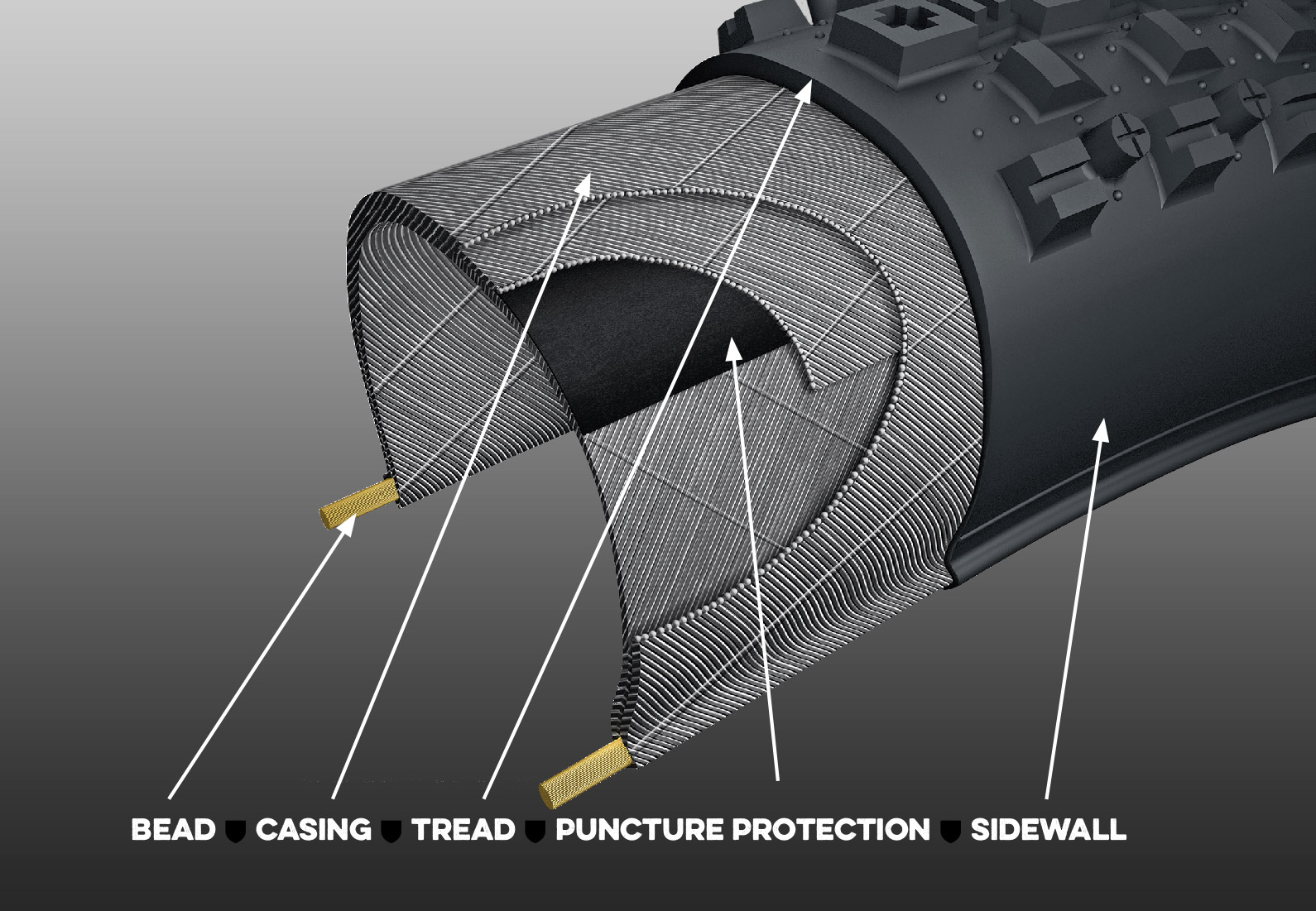
When the tyre is built up, the breaker, the tread and the beads are stuck to the casing, then fused with it during the vulcanisation or curing process, when pressure, heat and steam are applied as the last step in building the tyre.
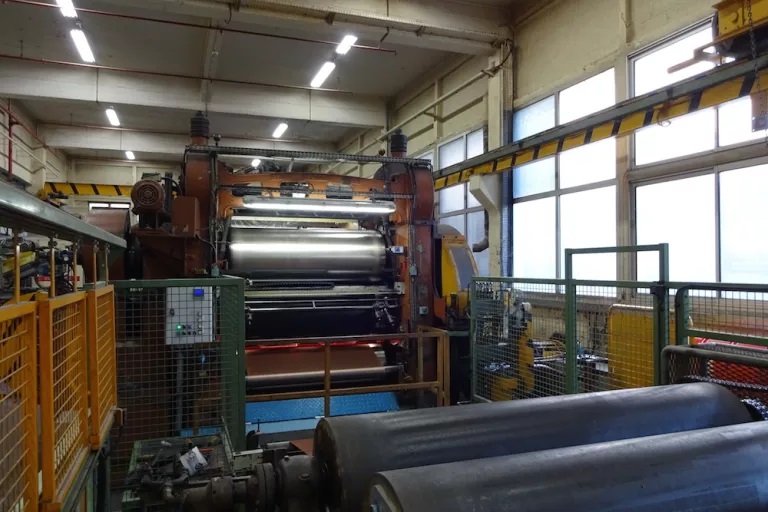
There are usually multiple layers to the casing, which confuses TPI numbers.
Some manufacturers like Continental sum up the TPI of each layer. So it quotes a TPI of 330 for a three-layer casing like its Grand Prix 5000, but that’s made up of three 110 TPI layers. Other brands quote a figure for each layer, so a Schwalbe Pro One tyre has a quoted TPI of 127, which means it's actually higher than the GP5000 (at 381 TPI) for the three layers.
What is the normal range for TPI?
That depends on what the tyre is made from and what it’s made for.
Nylon (also called polyamide) casings have lower TPI counts than cotton ones. So a typical TPI for a nylon casing for a road bike tyre is between 60 and 120 TPI (per layer), although some tyres do go higher or lower. A nylon casing tends to be used in more durable clincher tyres as well as performance models like the Continental Grand Prix and Schwalbe lines.
In contrast, cotton casings are found in some performance clincher tyres and are used for tubulars. Cotton casings typically go from about 250 TPI upwards; the new Challenge Criterium RS tyre has a 350 TPI casing, for example, while the Specialized Turbo Cotton’s casing is 320 TPI.
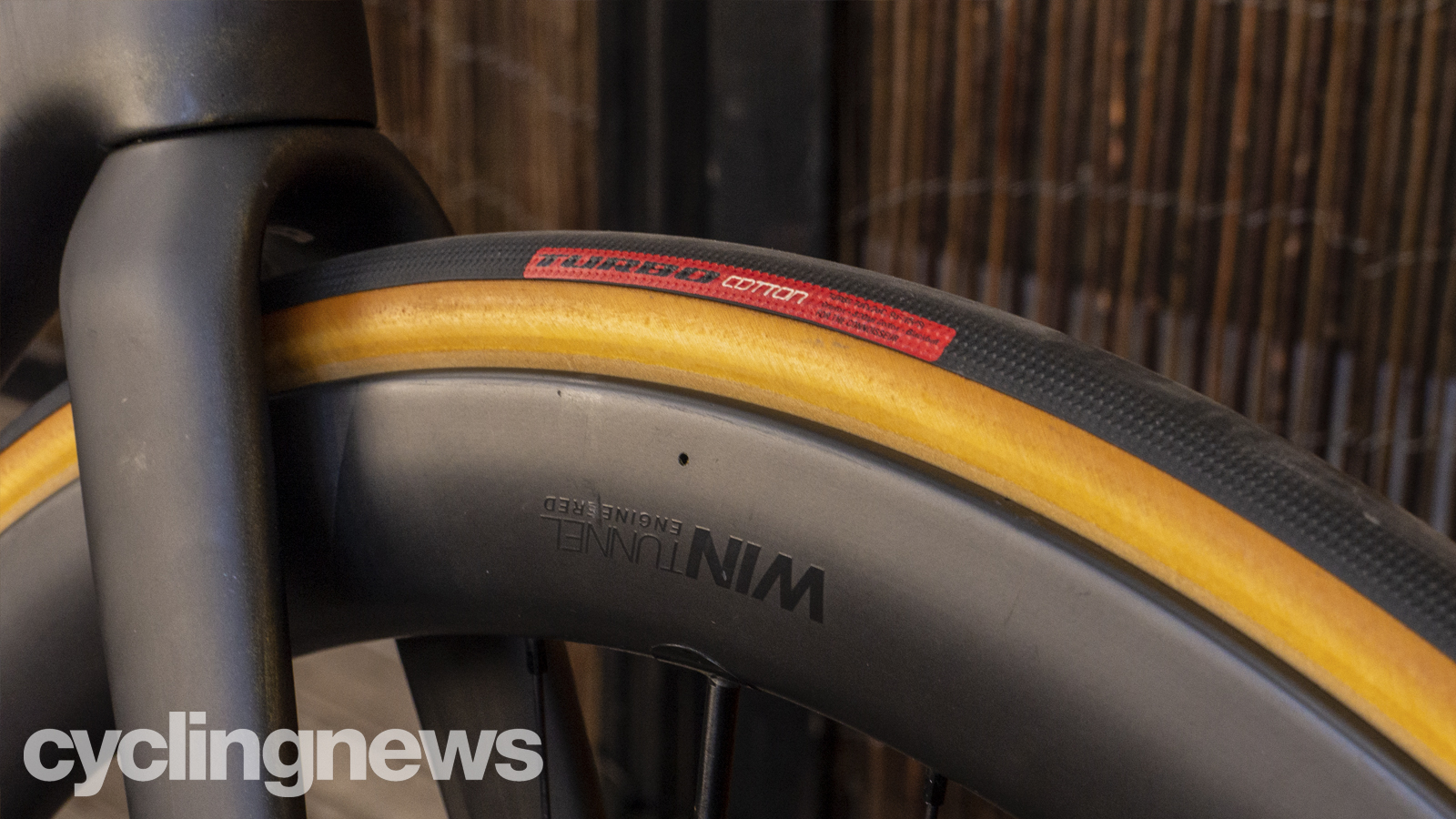
The Vittoria Corsa tyres also have a cotton casing with 320 TPI, whereas the new Corsa N.EXT tyres have a nylon casing with three 110 TPI layers. The N.EXT tyres are a little cheaper than the Corsa, although not much heavier and Vittoria claims that they’re more durable.
Cotton casings are usually described as core-spun. That means there’s a single longitudinal central thread, with others wrapped around it, so the weave is less prone to stretching. Vittoria uses a mix of aramid and cotton fibres in its core-spun casings for the Corsa tyres to increase their durability.
Why does TPI matter?
A casing with a higher TPI count will usually be lighter, as the fabric is thinner. The fabric will also adsorb less rubber when it is coated in the coating process prior to assembly of the tyre, as the threads are finer and closer together. This again contributes to reduced weight.
So a tyre with a high TPI count will usually be lighter than one with a lower TPI count. A high TPI tyre casing will also usually be more compliant than one with a lower TPI, as the thinner fabric with less coating rubber deforms more easily and fluidly as it rolls over any imperfections in the road. This deformation in turn lowers rolling resistance, so a higher TPI tyre will, on balance, ride faster.
That’s counterbalanced by the material properties of the rubber compound used for the tread. A harder rubber will deform less than a softer one, but will usually wear better.
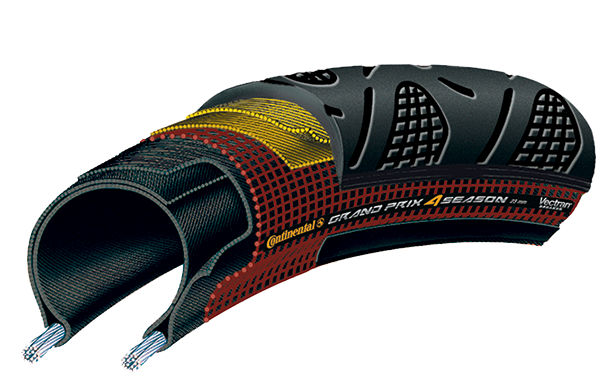
Other components of the tyre can also affect its weight and rolling properties. The best winter road bike tyres are more heavily built than summer tyres. The Continental Grand Prix 4 Season tyre, for example, has the same three-layer 330 TPI count as the Grand Prix 5000, but it’s got a bead-to-bead Duraskin puncture protection layer over the casing and two layers of Vectran puncture protection under the tread, so it weighs more than the Grand Prix 5000 and is therefore much less pliable.
So a higher TPI count is better, right?
Well, not necessarily. A high TPI tyre will usually be more expensive than one with a lower TPI count, so more workaday tyres, like the best commuter bike tyres, will usually have a lower TPI count casing. And the thinner walls of a high TPI count tyre are more susceptible to sidewall damage and easier to penetrate - so more puncture-prone.
So in contrast to the Grand Prix 5000’s 110 TPI per layer, the standard Grand Prix and Gatorskin tyres have three 60 TPI layers. Many of the best gravel tyres have lower TPI counts to up durability too, although others go for a higher TPI similar to road tyres and pair that with extra protection layers.
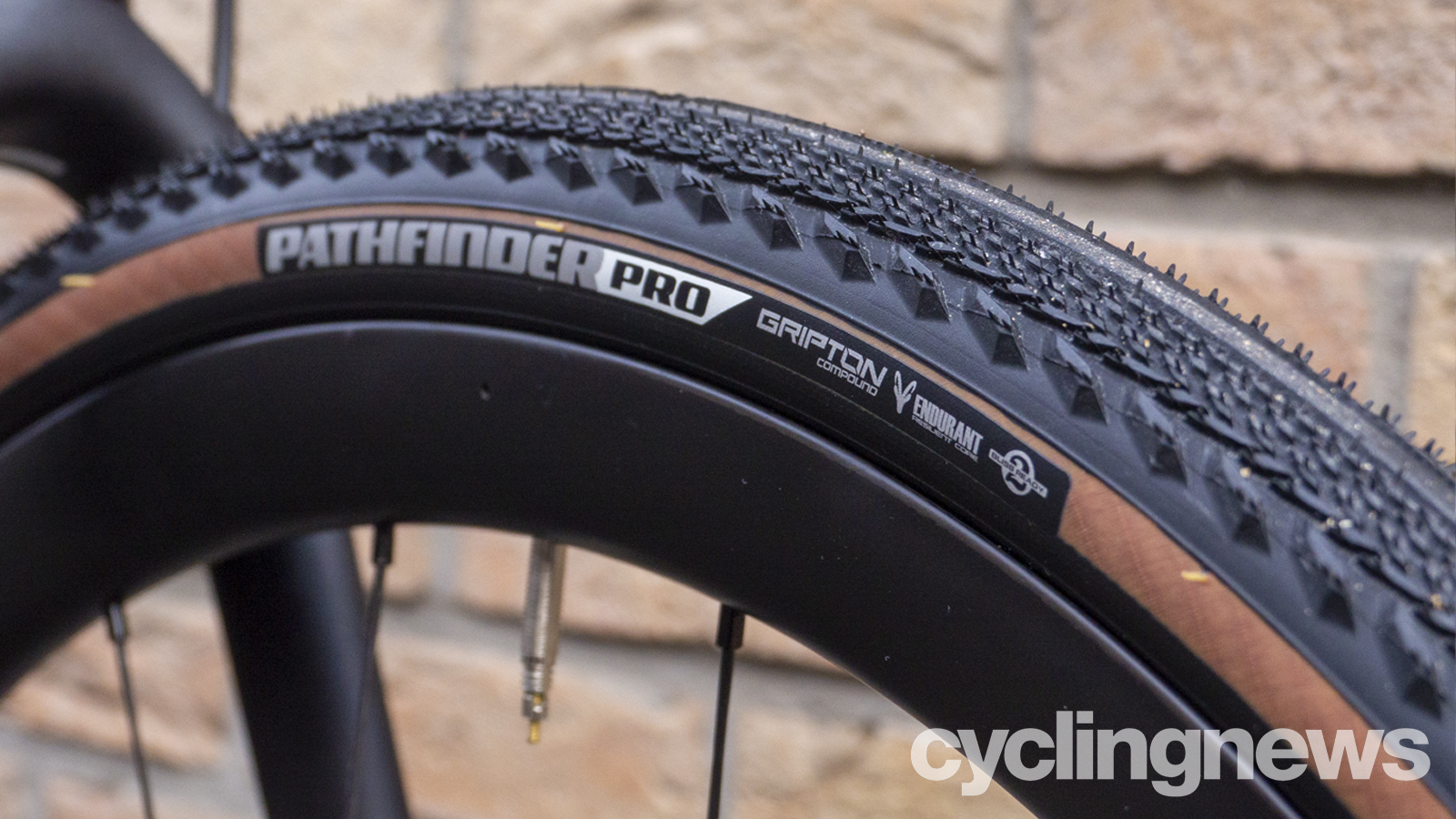
According to Specialized tyre expert Oliver Keisel, around 120 TPI is optimal for performance nylon casing tyres and 60 TPI for more durable models. Specialized doesn’t see any advantage in its testing from going much higher than 120 TPI.
Cotton tyres are more fragile than nylon ones and their casings are more prone to adsorbing water, so they may not have the longevity of nylon casings. Plus, as anyone who’s ridden a cotton tyre through the winter will know, they stain a lot more easily.
Paul has been on two wheels since he was in his teens and he's spent much of the time since writing about bikes and the associated tech. He's a road cyclist at heart but his adventurous curiosity means Paul has been riding gravel since well before it was cool, adapting his cyclo-cross bike to ride all-day off-road epics and putting road kit to the ultimate test along the way. Paul has contributed to Cyclingnews' tech coverage for a few years, helping to maintain the freshness of our buying guides and deals content, as well as writing a number of our voucher code pages.